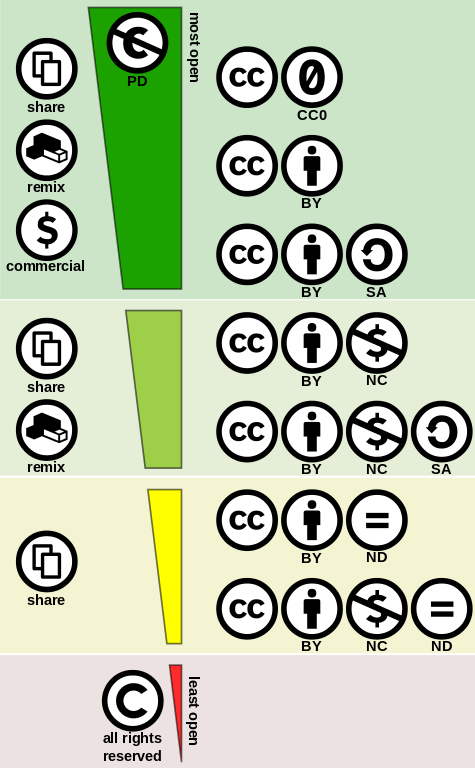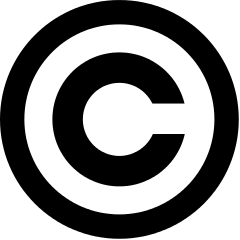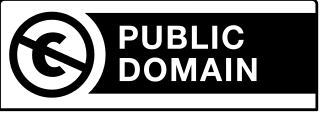II B. Copyright, Public Domain, and Fair Use
Open Educational Resources (OER) work with copyright law using tools such as Creative Commons (CC) licenses to enable frictionless sharing and collaboration that would otherwise be difficult to manage from an intellectual property perspective. Open licenses tell others how they can use your work by explicitly granting them copyright permissions to share and adapt your work, with CC licenses being the gold standard in interoperable open licenses for content.
Why is this important?
The copyright status of a work will (along with other factors) determine what you can and cannot do with the creative work of someone else. U.S. Copyright law has changed over time, creative works are usually put into three buckets in terms of their copyright status. Knowing how to identify and differentiate between common types of copyright status will be useful when determining which content you may reuse, and how.
As you search for OER, you will become familiar with the markings of each copyright type, and that there often is no marking that indicates the copyright status of a work.

Copyright
The rights to fully copyrighted works a.k.a. All Rights Reserved (ARR) are held by the creator(s) of the work. It can be unlawful to use copyrighted works of others without their permission, and no permissions are granted in the case of ARR works. Activities such as copying, modifying, publicly displaying, publicly performing, and distributing copies of ARR work may be illegal unless legal permission is granted by the creator.
Copyright in the U.S. is automatically assigned to creators of work, with no registration necessary. You may have seen copyright marks or statements at the beginning of books or in the credits of a film, often in the format of “Copyright [creator name] [year]”. Due to the automatic nature of copyright, work that has no marking should be seen as having all rights reserved — no permissions granted until you are granted them specifically from the owner of the rights.

More Resources
Public Domain (PD)
Work in the public domain can be reused freely for any purpose by anyone, without giving credit or attribution to the author or creator. With few exceptions such as being unable to claim the PD work of others as your own, works in this category can be used with great confidence as copyright has either expired or the works were produced by the U.S. Federal Government, and so entered the U.S. PD immediately after creation or publication.
Currently in the U.S. creative works will enter the public domain 70 years after the death of the creator. Creative Commons (the organization) created a legal tool called CC0 (see-see-zero) to help creators place their work as close as possible to the public domain by releasing all rights to it.


More Resources
- Public Domain (Wikipedia)
- The Public Domain (Stanford University Libraries)
- Improving Access to the Public Domain: the Public Domain Mark (Creative Commons blog)
Fair Use
Fair use is not a copyright status, but is actually a copyright principle that suggests that the public can make certain uses of copyrighted works without permission. Whether or not a specific use falls under Fair Use is determined by four factors:
- the purpose and character of your use
- the nature of the copyrighted work
- the amount and substantiality of the portion taken, and
- the effect of the use upon the potential market.
There are additional exceptions and limitations to Copyright, but for the purpose of streamlining sharing and remixing, explicit permission to reuse and adapt work (such as through a CC license) is preferable to seeking defense under Fair Use or related exceptions.
More Resources
- Fair use (Wikipedia)
- Fair Use (Stanford University Libraries)
- Limitations and Exceptions (World Intellectual Property Organization – WIPO)
License and Attribution
Copyright is adapted from “Copyright, Creative Commons, and Public Domain” in the UH OER Training Copyright © 2018 by William Meinke and licensed under a Creative Commons Attribution 4.0 International License.
